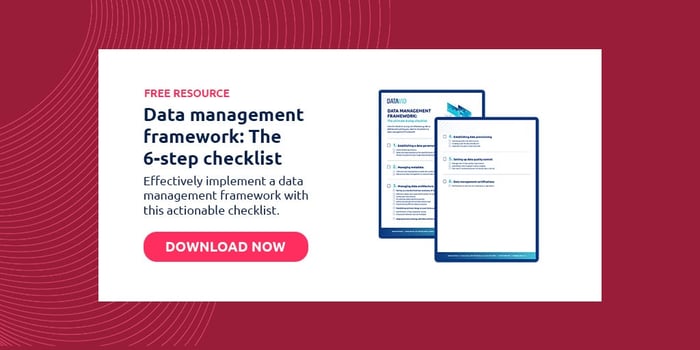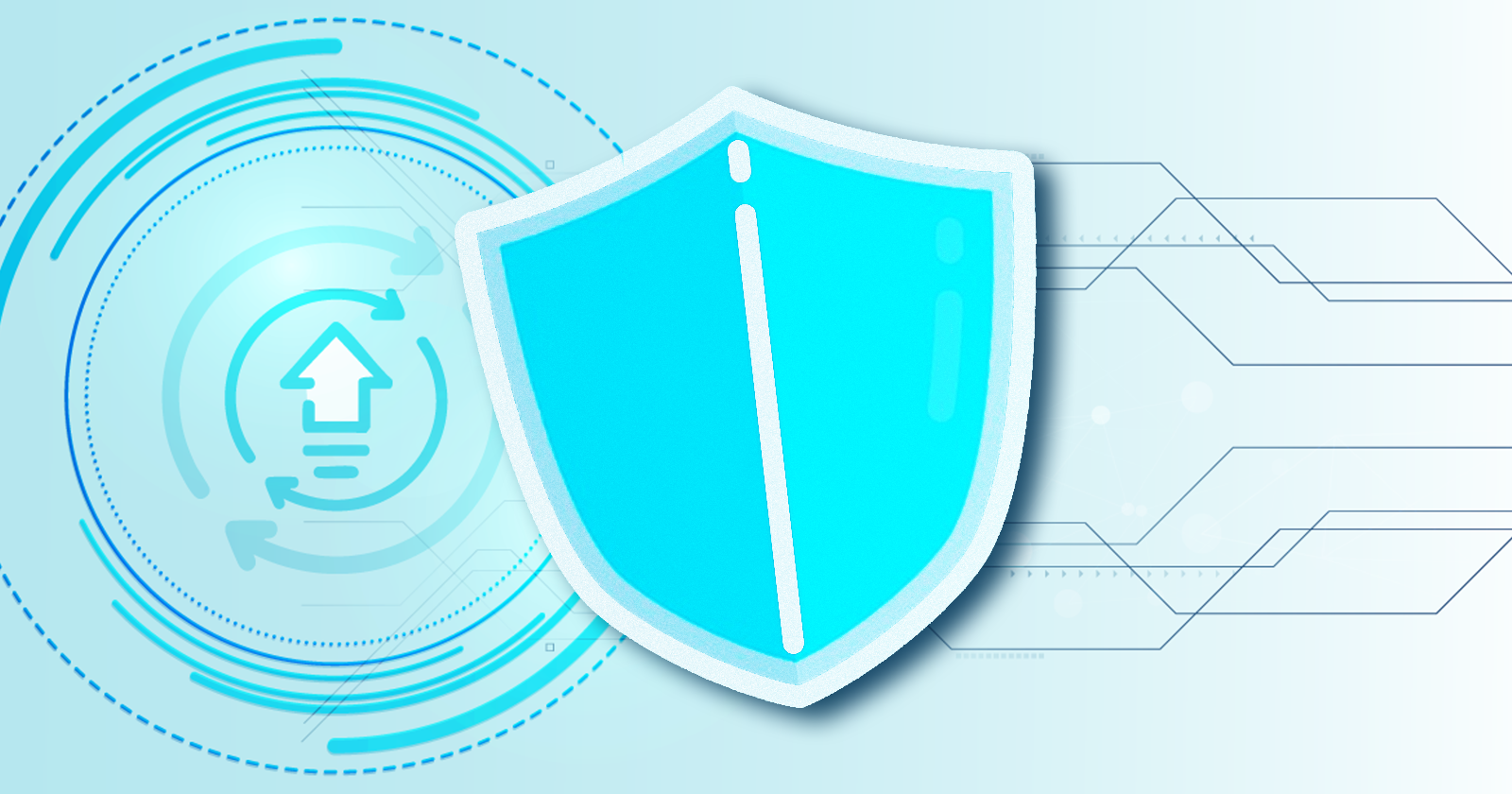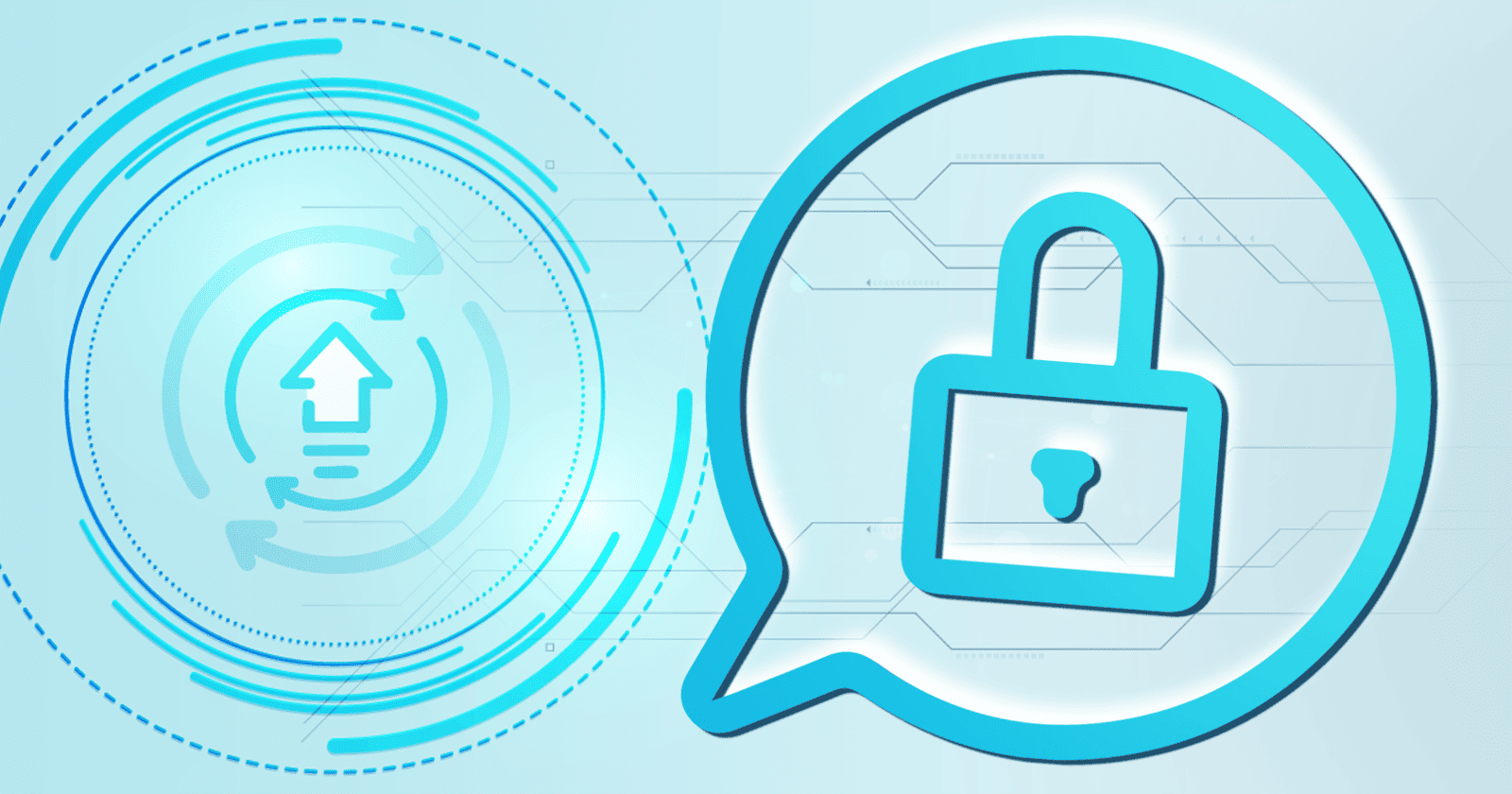3 minute read
How to maintain data security in healthcare [3 steps]
Few industries know about the importance of data security as much as the healthcare industry. Here's an of the 3 key points of data security in healthcare.
Table of contents
In the US, healthcare data security is governed by the HIPAA—or Health Insurance Portability and Accountability Act—which requires strict access rules, risk assessments & data usage monitoring.
These guidelines are also valid for the EU and other countries.
It’s hard to overstate the importance of data security in the healthcare industry.
The industry embodies two conflicts:
- One between humanitarian and financial interests;
- The other between patient-doctor relationships and data.
It’s both an ethical and a legal minefield.
Unsurprisingly, it is also one of the most regulated industries.
In the US, HIPAA security rules define the responsibilities of healthcare providers.
These include protecting against:
“Reasonably anticipated threats to the security or integrity of the information”
European countries have similarly strict rules.
While healthcare providers technically own medical records, they are heavily restricted in terms of what they can do with any data they collect.
With this in mind, you must handle health-related data with great care.
3 steps to keep your healthcare data secure
As a healthcare provider, it’s paramount to avoid data breaches. These 3 steps will ensure the safety of your data and preserve patients’ privacy.

Step #1: Implement strict access rules & controls
All the security systems in the world won’t help you if you don’t have clearly defined processes for accessing data. This means that every employee, vendor, or partner can only access the data they need to fulfill their duties.
And it must be regularly redacted to preserve the privacy of patients.
Knowledge engines like Datavid Rover can help you redact data at scale.
This tool uses Machine Learning to adapt to your policies over time, saving you a lot of work (and headaches) involved in manually updating your data security practices.
Using aggregated data for studies and monitoring is a standard operating procedure in healthcare. The goal is to provide meaningful statistical insights by combining the data of many patients while preserving the anonymity of each individual.
If you’re aggregating patient data, treat it with care.
Step #2: Protect against malicious attacks
In 2021, data breaches exposed over 45 million patient records.
The Accellion breach alone impacted over 3.5 million individuals. About 40% of all incidents involve unauthorised access, while about 80% involve hacking.
The overlap between these two groups is easily explained.
Hackers explicitly target the weak links in your system, such as untrained employees, unreliable processes, or unmonitored access terminals.
While you can never be 100% secure from malicious attacks, you can make yourself a less attractive target by training your employees in best security practices:
- Connecting from secure connections only;
- Not sharing any data without verifying the other party’s identity;
- Using a password manager and strong passwords;
- Logging off before leaving any device unattended.
Note that training your employees once is not enough – the rapidly changing world of security makes constant updates and training a must.
Step #3: Monitor use, including that by third parties
Using aggregated data is important, but it’s just as important to know:
- Who does the aggregating, and;
- How secure their processes are.
Tech vendors and business associates are typical third-party collaborators in the healthcare industry, and how they handle the data you provide them is crucial.
When you select partners, using two primary criteria is crucial:
- How transparent they are, and;
- How reputable they are.
The same applies to employees who have a certain level of access: you should vet them beforehand, train them on malicious attacks, and oversee their behaviour.
The adage trust but verify holds.
Health data security is about diligence & control
Maintaining a balance between a need for privacy and using data for research purposes is tough. A patient’s private data could save another patient’s life.
But using it without explicit consent opens a veritable Pandora’s box.
Add to that malicious actors, constantly shifting security requirements, and strict regulations, and you’ve got a lot of pressure on you when handling medical records.
Follow the 3 principles above and some of that pressure will be relieved, helping you manage patient data more confidently while enabling faster innovation.
Frequently Asked Questions
What type of data security is necessary for healthcare?
A common way to secure data in healthcare is to use encryption via software that acts as a middleman between third parties and the health institution.
Which considerations should I make when securing data?
Since health institutions are often physical, it’s important to apply physical security measures such as employee badges and restricted access.
What are some threats or risks to patients' health data?
The biggest risk is a data leak in the hands of a malicious actor, with confidential information being used for ransoms, reselling, or other illegal activities.
How can healthcare data security be improved?
There are 3 major guidelines: 1) Implement strict access rules; 2) Protect against malicious attacks; 3) Monitor data usage. Read our blog post to learn more.




